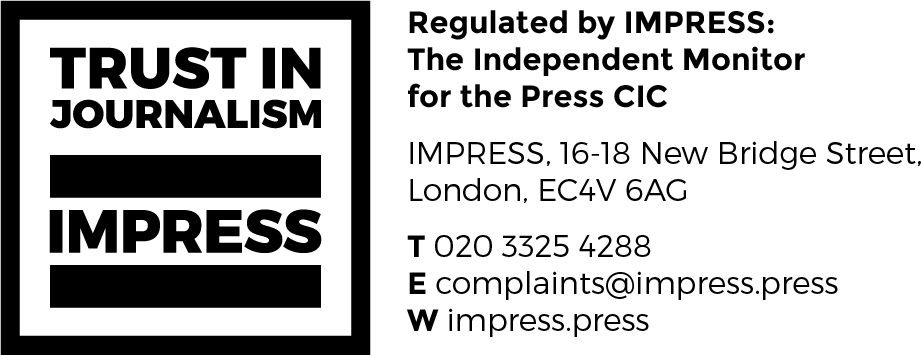Smoke on the water
In 1971, one of rock’s greatest ever guitar riffs was conceived after a fire incinerated a venue on the Lake Geneva shoreline. Today, however, smoke on the water is less Deep Purple and more different shades of blue, as reports of fires on superyachts appear to be more frequent. A recent fire at Torquay Marina, UK, has brought to light once again the importance of fire safety precautions and a plan of action in the event of an emergency.
“There has been a spate of fires that could have been avoided due to absentee owners not putting in place the necessary supervisory protections and a plan for the event that a vessel catches fire,” Mike Taylor-West, partner, Private Client & Marine tells Superyacht Investor (SYI).
Cases like Rendezvous (pictured), the Princess Yacht that sunk in an inferno whilst docked on Saturday, May 28th are arguably preventable if the owners had taken necessary precautions. Taylor-West advises owners to identify a keyholder capable of moving a vessel in the event of an emergency, install fire detection equipment monitored by a central station and have a plan coordinated with the local authority. “If you have a fire on a vessel that has all the supervisory arrangements in place and a plan, in theory, you stand an increased chance of extinguishing the fire,” he says.
A good example is the 2021 fire in Marina Kaštela, Croatia, where five vessels were destroyed and a further 18 damaged during a blaze originating from one yacht. “You have to wonder if it was an unnecessary amount of loss, particularly if there was not a robust plan to move vessels to safe anchorage,” said Taylor-West. “When an owner has a keyholder close to the boat, that means there is a responsible party who can move it at short notice or by agreement (and providing life isn’t threatened) using the marina’s work vessels to tow it out of harm’s way.”
Speaking at SYI London 2022, Ben Lind, senior yacht underwriter, AIG, highlighted the risks for clients who limit or remove their crew when the vessel is docked. “Insurers are concerned with de-manning and skeleton crews on yachts. Perhaps it won’t stop loss, but it could mitigate it, not just with fires but with storms and heavy weather.”
Whilst a skeleton crew might be recommended by insurers; the absence of a crew is unlikely to be the damming factor in a rejected insurance claim if a fire or disaster affected the vessel. “From a client’s perspective, the insurer would have to be very confident they could prove that the lack of crew on board was the reason for this claim, or made it worse,” said Mike Wimbridge, MD, Pantaenius UK at SYI London 2022. “That is not a route that many insurers are likely to go down.”
Ignoring safety regulations is a greater worry on privately-owned motor yachts than chartered vessels, according to Taylor-West. “There’s a clear split between private vessels and commercial chartering, where there is a requirement for that knowledge [about fire safety],” he says. “There’s an awful lot of vessels in the sub 30m [98ft] bracket that are privately owned and operated that don’t fall under commercial coding. Whilst there is guidance from the Flag/Registry, most are quiet on minimum manning when alongside and not navigating.”
Yachts below 30m typically do not have the same level of examination as larger yachts with permanent crews. For example, on some yachts, an officer of the day would likely be employed to observe the vessel and ensure that all risks were minimised. “A lot of docked yachts that are privately owned do not have an officer of the day or resident crew but perhaps they should,” he said. “If they detect a fire at its outbreak, or water ingress too, both have a greater chance of being stopped.”
Insurers accepting risk are more likely to request detailed planning from owners in relation to fires and how vessels are cared for when unattended. This may not necessarily affect premiums, however, which are more likely to be affected by supply chain issues.
“It would be helpful if owners entered into a greater sense of partnership with insurers to do their best to protect their vessel and take a planned approach to emergencies,” Taylor-West adds. “That way, we can all avoid these losses and try to do our best collectively to keep a lid on insurance premiums.”
Subscribe to our free newsletter
For more opinions from Superyacht Investor, subscribe to our email newsletter.

